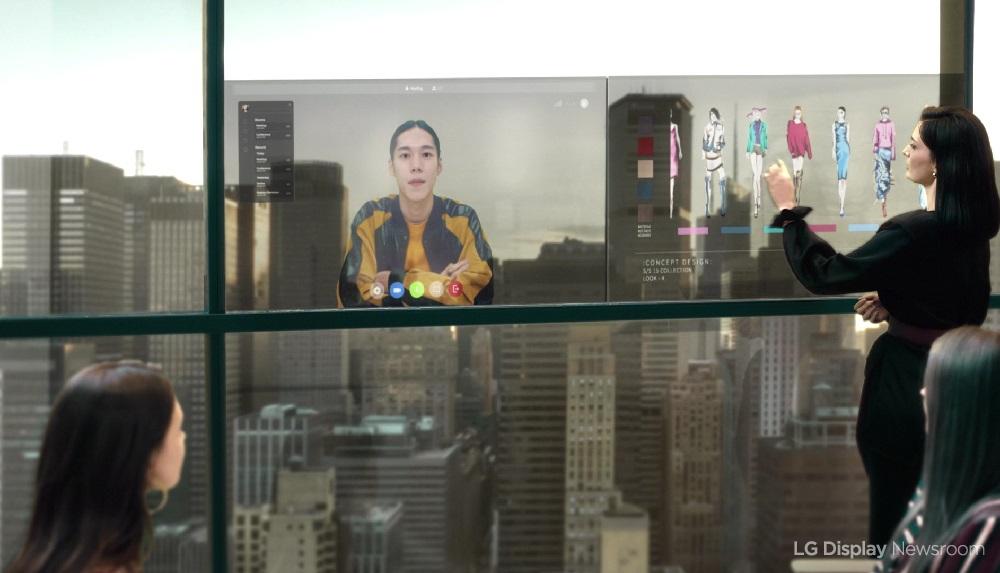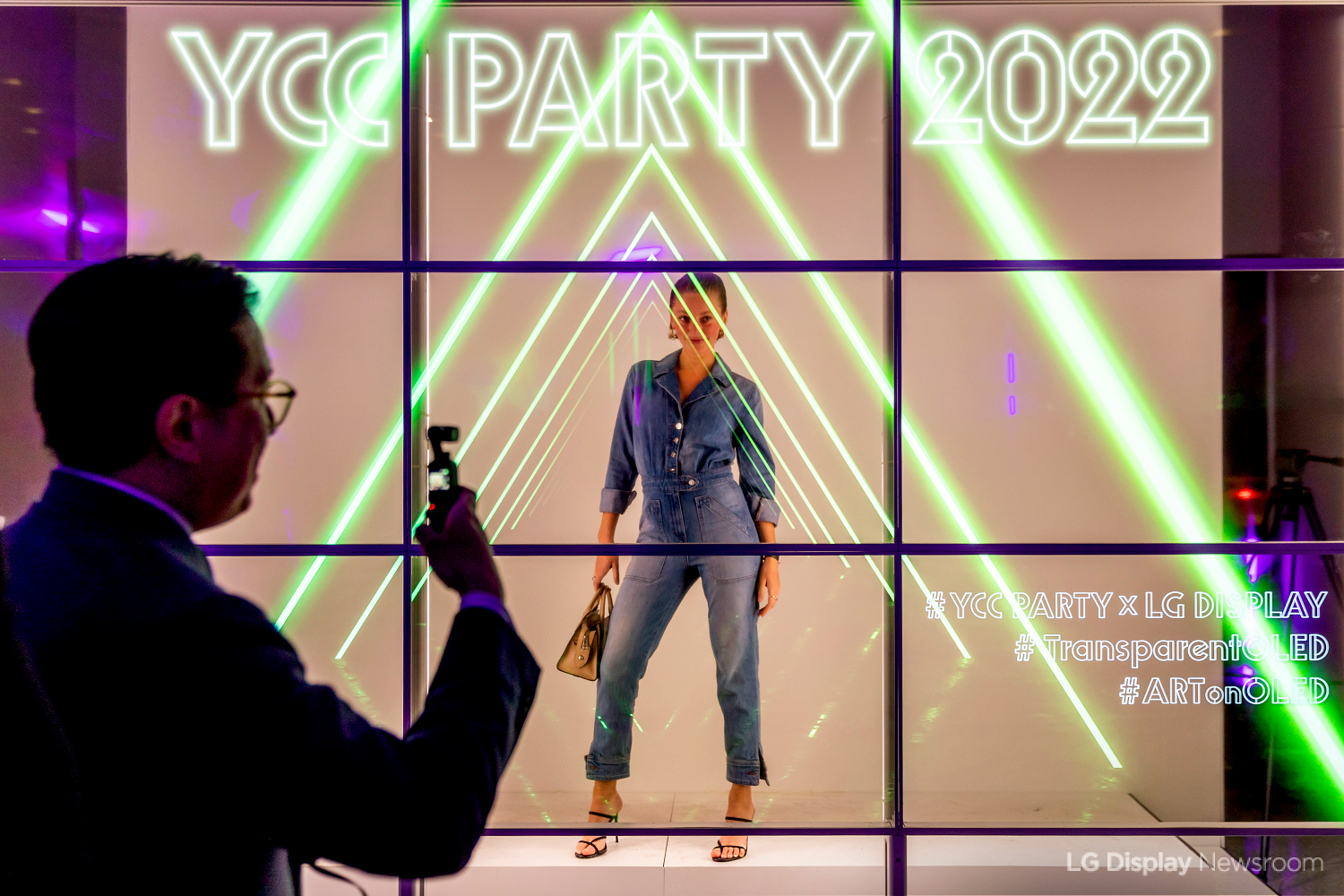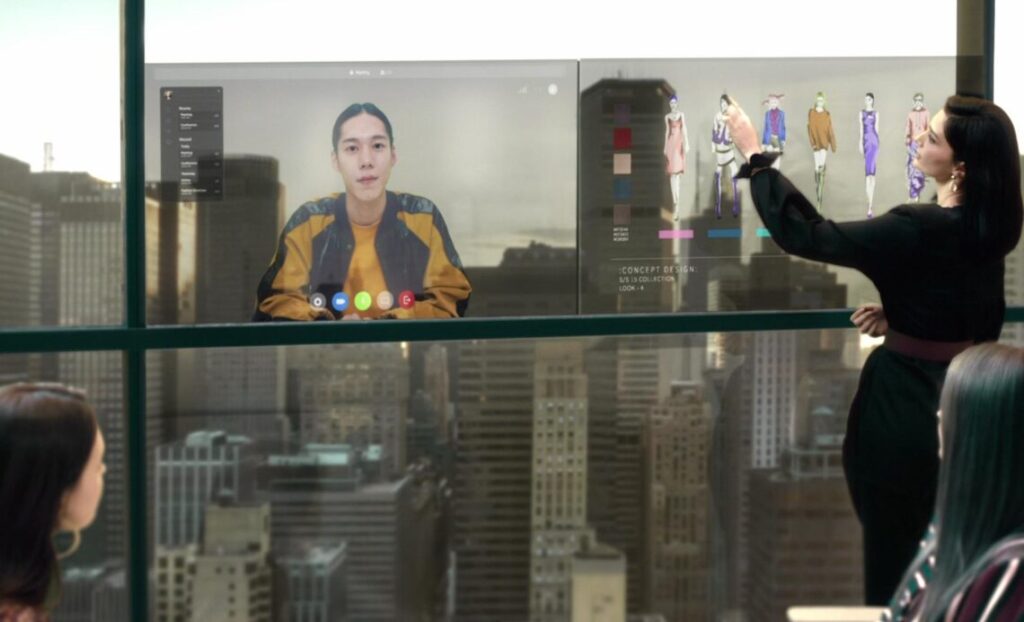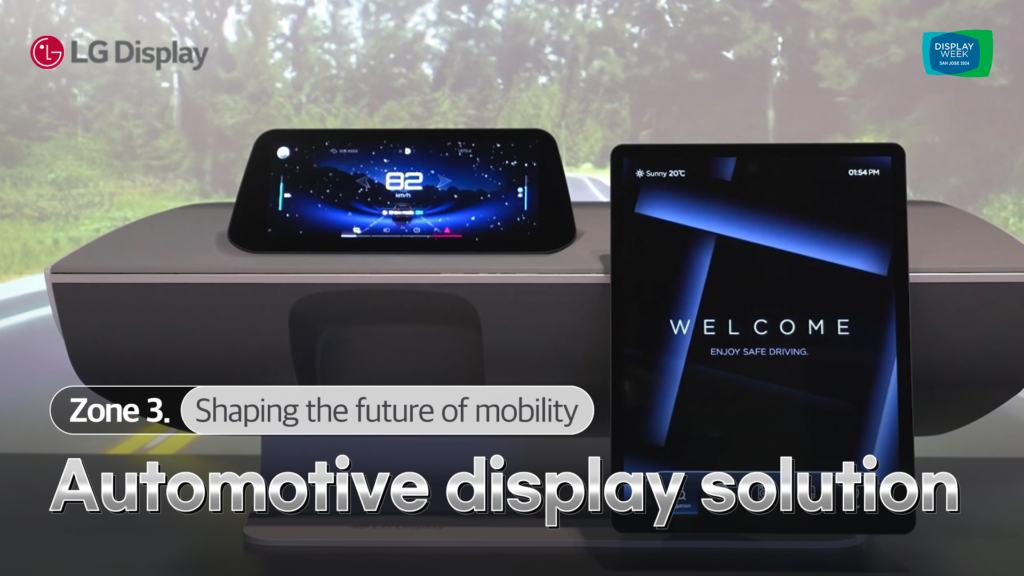By Alex Jensen –
If you’ve been watching the fourth season of HBO’s Westworld, you’re probably already immersed in this spellbinding vision of the near future set just a few decades ahead of our world. Without getting into spoilers, I’m intrigued (and a little scared in some cases) by the possibility of some of the show’s technology becoming a reality. Even before this latest season, the show was being credited for getting futuristic gadgets and tech so right.

With this in mind, let’s talk about transparent screens. The latest season features a sleek office setup, with workstations separated by transparent display partitions. Not only does this give the show’s creators greater freedom, but it also offers an overall stylish glimpse of what a workplace might look like in the future.
But doesn’t this technology sound familiar? Back in 2019, LG Display commercialized 55-inch full HD Transparent OLED displays. That same year, Transparent OLED screens entered the show windows of British retail icon Harrods. By 2020, Transparent OLED technology started replacing subway windows in China in 2020. The Japanese market followed as the rest of the mobility world has been waking up to the elegant solution offered by transparent screens to make use of space without losing a sense of openness.

The Transparent OLED story so far doesn’t end there. Those mobility benefits have already extended to various other commercial spaces, including Seoul’s trendy Musinsa Standard and, also in Korea, a Paris Baguette store featuring a record-breaking 38 Transparent OLED displays. Moreover, we saw further ways in which Transparent OLED can enhance the shopping experience through spatial innovation during CES 2022. This technology’s even become established as a canvas for digital art and has featured at the Guggenheim in New York City among other illustrious venues around the world.

So, this idea of transparent screens being a cool new tech trend is not just a vague possibility somewhere in the near future. Yet, it’s also true that we’re only just beginning to witness the potential of Transparent OLED, which boasts 40% transparency while still offering vivid and clear picture quality. LG Display’s OLED technology is able to deliver these benefits because its self-emissive pixels don’t require any kind of backlight.
Coming back to this idea of a futuristic office, LG Display has unveiled a number of related Transparent OLED applications in recent months. For instance, at CES 2022 the company introduced its Smart Window, allowing offices to open up meeting rooms and use window space for presentations and video conferencing. Similarly, LG Display recently presented its vision of a smart office with Transparent OLEDs serving as glass partitions. And then this “amazing” concept, which won the most recent OLEDs Go! contest, gets even closer to what we saw in Westworld with a Transparent OLED desk setup.

In other words, this technology’s far from being limited to science fiction. Products like the OLED Shelf prove that even in the home, Transparent OLED offers a lot more than just a TV alternative. With all that considered, we can quite decisively say the Transparent OLED market has a bright future. Boston Consulting Group agrees, forecasting that the market will jump from 100 billion won this year to 3 trillion won by 2025, before leaping again to 12 trillion won by 2030. And as that happens, a lot more places are going to start looking like something straight out of sci-fi.










